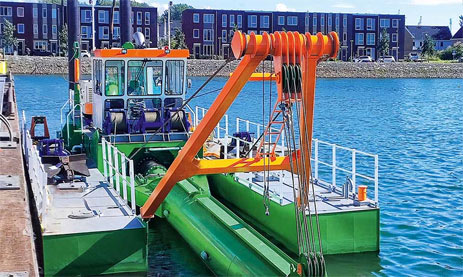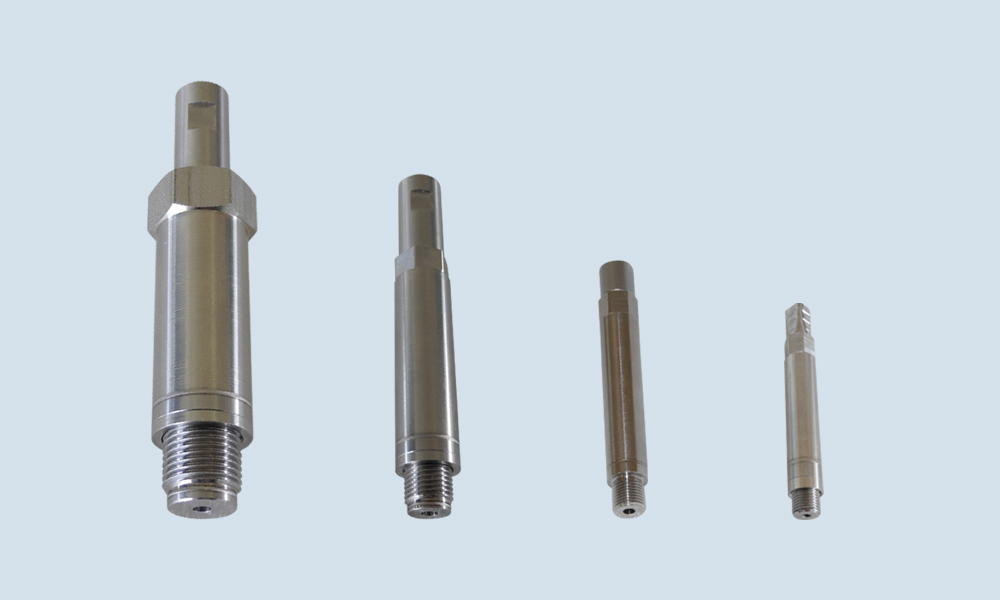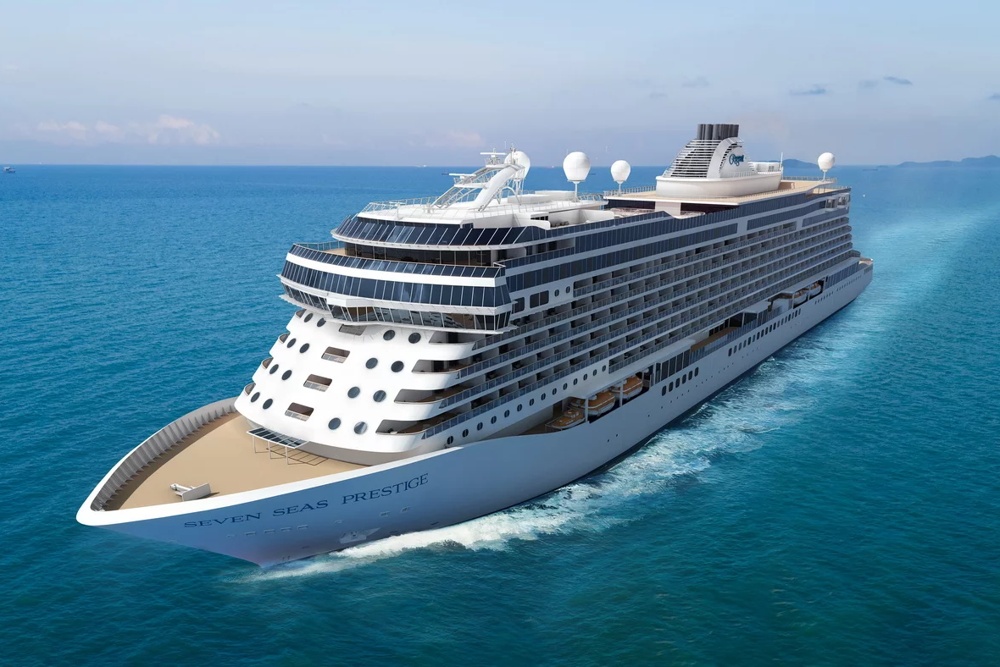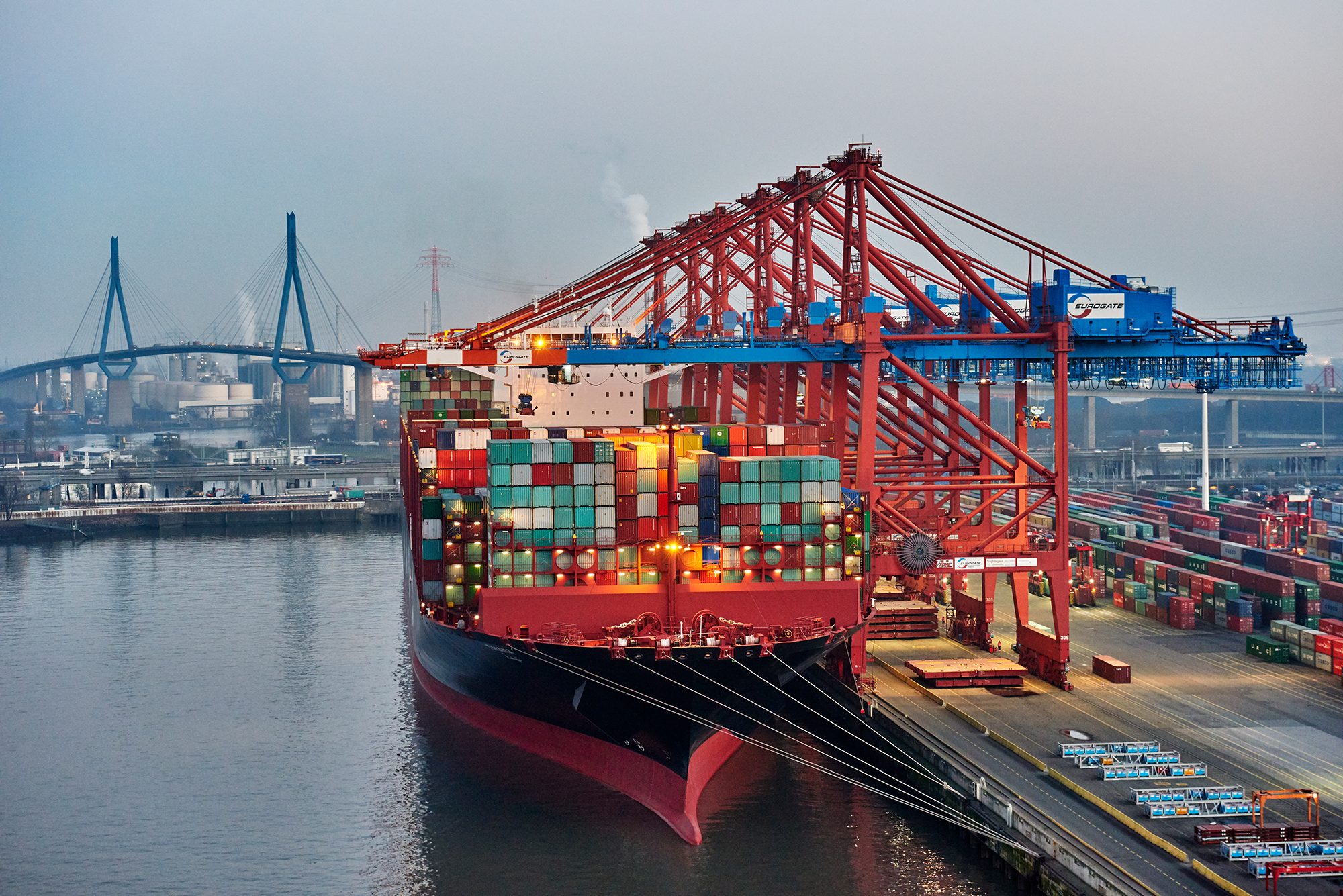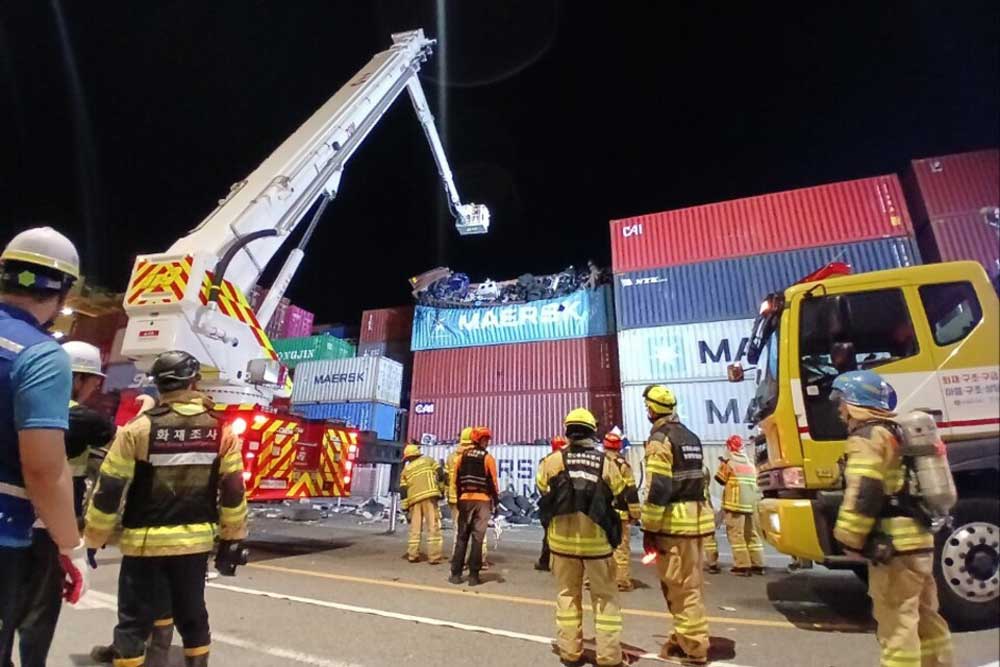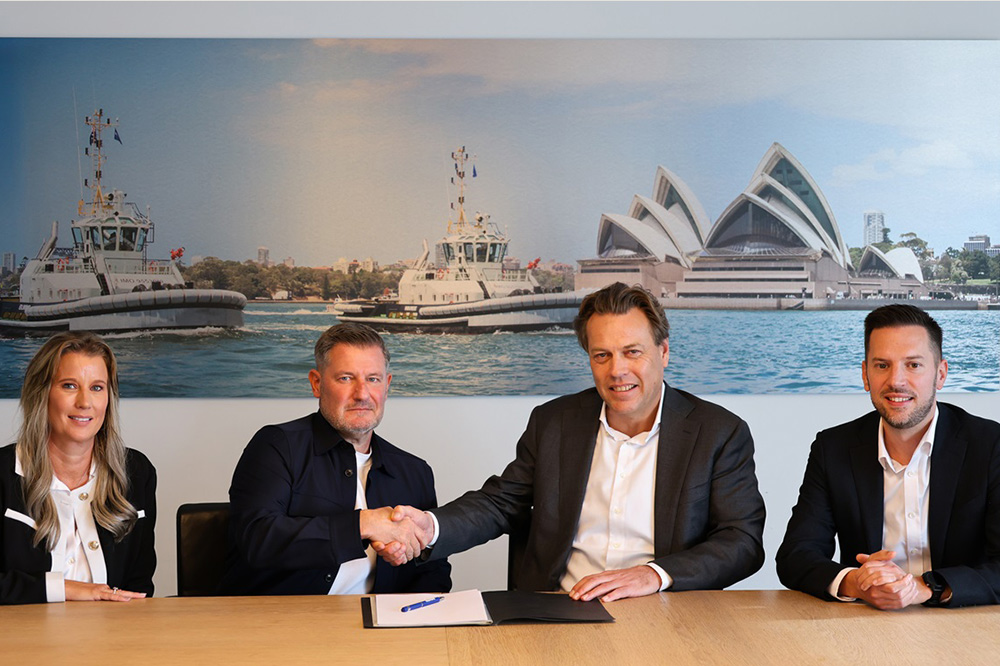Belfast Harbour plans to invest around €370m over the next five years as part of its new strategy.
The strategy, entitled “Advance Regional Prosperity 2025-2029″, outlines Belfast Harbour’s plans to invest around €250m in port improvements and €125m in the ongoing regeneration and development of the harbour area and waterfront.
As a trust port, Belfast Harbour is self-financing and invests all after-tax profits in the development of the port and site for the benefit of the city and region.
Cruise and offshore growth areas
The strategy includes the largest single project Belfast Harbour has ever undertaken, a planned investment of around €105m in a new deep water quay capable of accommodating some of the largest cruise ships in the world and expanding the port’s capacity and capability for the assembly and installation of offshore wind turbines.
The first phase of the deep-water quay, which will initially support cruise tourism, is due to be completed by 2027/28. With the project, Belfast Harbour aims to boost cruise tourism in the region, which currently brings an estimated £23m to £30m a year into the local economy.
The second phase of the deep water quay, due to be completed by 2030, will further strengthen the infrastructure so that the port can play a leading role in the assembly and installation of the next generation of floating offshore wind turbines. While this part of the project is dependent on additional investment or third-party funding, Belfast Harbour is confident that once completed, the port and local supply chain will play a central role in the construction of high-capacity wind farms. These will help to meet the demand for clean energy in Northern Ireland, Great Britain and Ireland in order to achieve the countries’ net zero targets.
Belfast aims to achieve net zero
The new strategy has four main objectives: Enabling economic growth, developing and improving the port, creating vibrant places to live and work, and innovating for a better future – with the overarching aim of accelerating the achievement of the net zero targets in all areas.
Other key port projects outlined in the strategy include the delivery of new sustainably powered cranes, the planning, design and approval for the redevelopment of Stormont Wharf – the port’s main deep water berth, the construction of new BREAAM accredited sustainable warehouses, a rating system for environmental and socio-cultural aspects of sustainability in buildings, and the deployment of autonomous vehicles across the port and site.
Belfast Harbour also anticipates that the autonomous passenger vehicle ‘The Harlander’ will be operational across the site in 2029, with road trials due to begin later this year. The organization is also planning a series of new productions at Belfast Harbour Studios, which are expected to generate €236m for the economy by the end of the decade.
These strategic plans and investment programme are in addition to the approximately €440m that Belfast Harbour has already invested over the last decade.
“This strategy will see Belfast Harbour continue to contribute to the growth of Northern Ireland’s economy,” said Theresa Donaldson, Chair of Belfast Harbour Commissioners. “With €370m of investment, we will build on our strengths as the region’s leading port and a key economic hub, delivering value to our customers and tenants.”
Diversification and decarbonisation
Efforts to diversify and decarbonise will continue, helping to reshape and regenerate the city and bring additional prosperity to the region. The key is to build on its reputation as a leading port for cruise tourism and to utilise the island’s unique offshore wind expertise.
“As a trust port, Belfast Harbour reinvests every penny of after-tax profit into the business and the community to ensure long-term value for the region. Our investment to date has created jobs, strengthened supply chains, raised sustainability standards and attracted major inward investment to the city. Our 2025-29 strategy aims to continue this transformation and drive prosperity in the region,” Donaldson continued.
Joe O’Neill, Chief Executive of Belfast Harbour, said: “The new deep water quay will not only increase the number of cruise guests Belfast Harbour receives each year by around 300,000, but will also give us the opportunity to expand our capacity for the assembly and installation of offshore wind turbines. This strategy will put Belfast Harbour at the forefront of the clean energy transition.”










